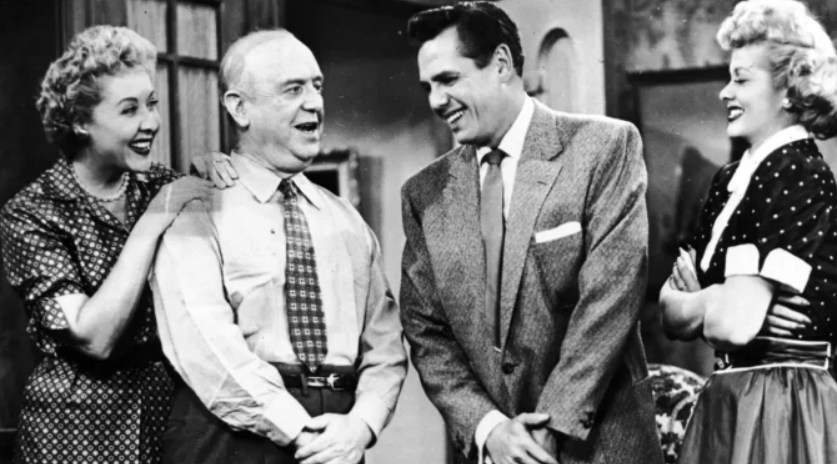
I Love Lucy is a television icon, a show that redefined the medium and left an indelible mark on popular culture. Its enduring popularity often overshadows the groundbreaking innovations that made it a phenomenon. However, “I Love Lucy: The Movie” offers a rare glimpse into the revolutionary techniques and creative genius behind the beloved sitcom.
The film, a compilation of three classic episodes, serves as a time capsule, transporting viewers back to the golden age of television. It’s a testament to the foresight of Lucille Ball and Desi Arnaz, who not only starred in the show but also revolutionized television production through their Desilu Productions.

One of the most significant innovations introduced by I Love Lucy was the use of film instead of videotape. This decision, driven by the desire to improve image quality for a nationwide audience, set a new standard for television production. Additionally, Arnaz’s insistence on using three cameras allowed for a more dynamic and cinematic shooting style, mimicking the experience of live theater. The result was a more engaging and immersive viewing experience for the audience.
The film also showcases the show’s pioneering use of a live studio audience, a technique that has become a staple of sitcoms ever since. By capturing the genuine laughter and reactions of the audience, I Love Lucy created a more authentic and relatable atmosphere. The inclusion of behind-the-scenes footage in “I Love Lucy: The Movie” provides a fascinating look at the meticulous planning and execution that went into each episode.

The film’s narrative structure, combining classic comedy with documentary elements, is a novel approach that offers a fresh perspective on the show. It highlights the comedic brilliance of Lucille Ball and the ensemble cast, while also shedding light on the technical innovations that made the show possible.
Beyond the technical advancements, I Love Lucy was a groundbreaking force in terms of representation and social commentary. Lucy Ricardo was a complex and relatable character who challenged traditional gender roles. The show’s portrayal of interracial marriage between Ball and Arnaz was also groundbreaking at the time, helping to break down barriers and promote inclusivity.
“I Love Lucy: The Movie” is more than just a nostalgic trip down memory lane; it’s a valuable historical document that showcases the ingenuity and creativity of its creators. It serves as a reminder of the impact that I Love Lucy had on the television industry and its enduring legacy as a cultural touchstone.
In conclusion, “I Love Lucy: The Movie” is a must-see for fans of the show and anyone interested in the history of television. It offers a unique opportunity to appreciate the groundbreaking innovations that made I Love Lucy a television landmark and to celebrate the enduring comedic genius of Lucille Ball and her co-stars.

